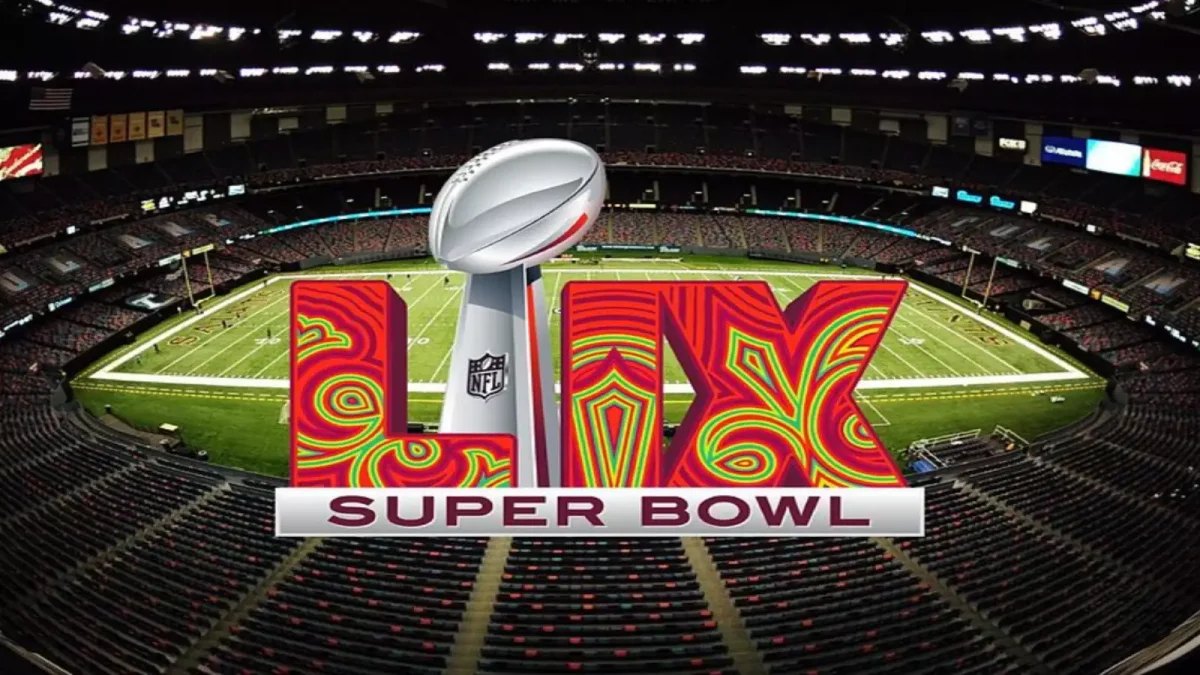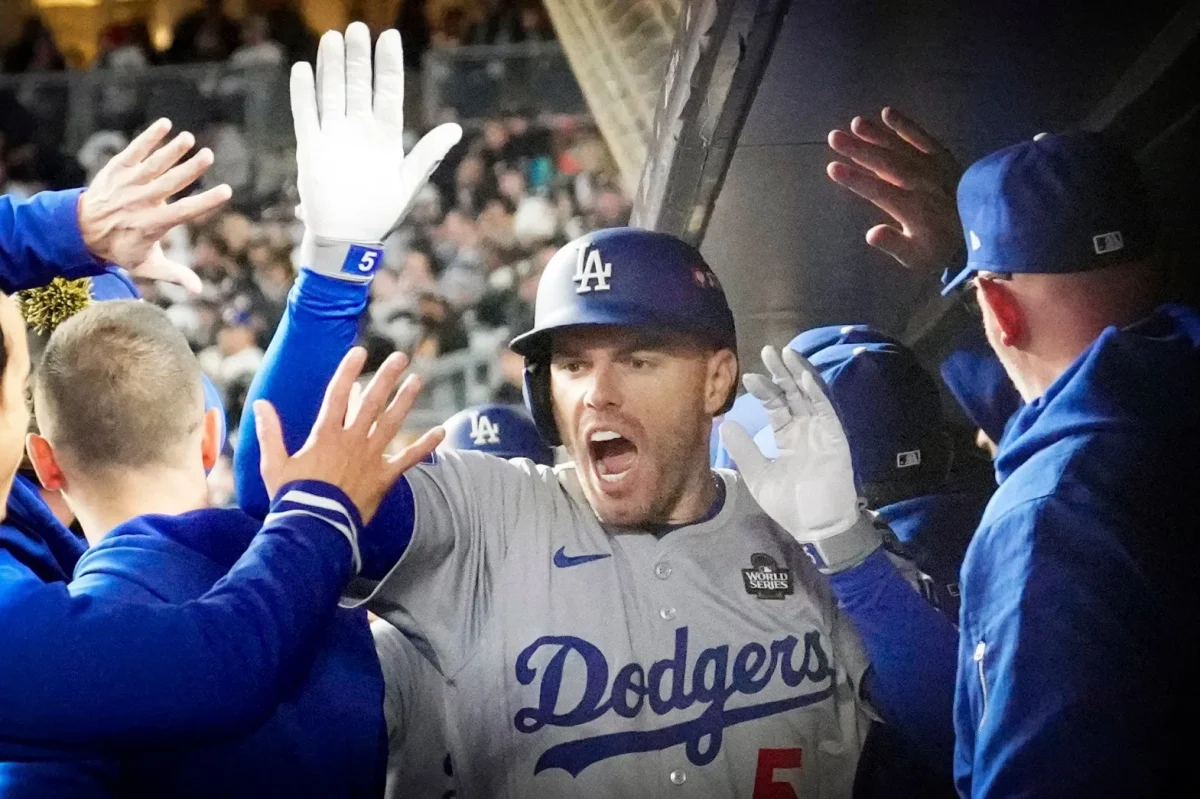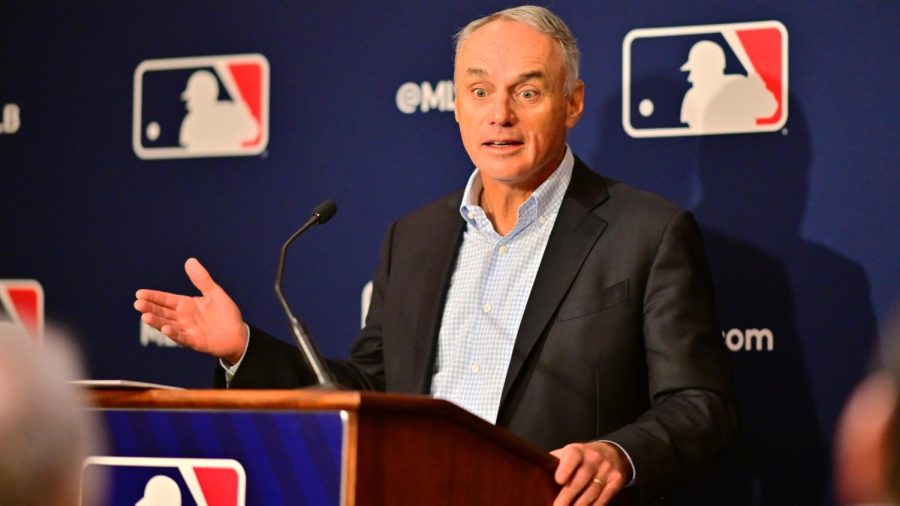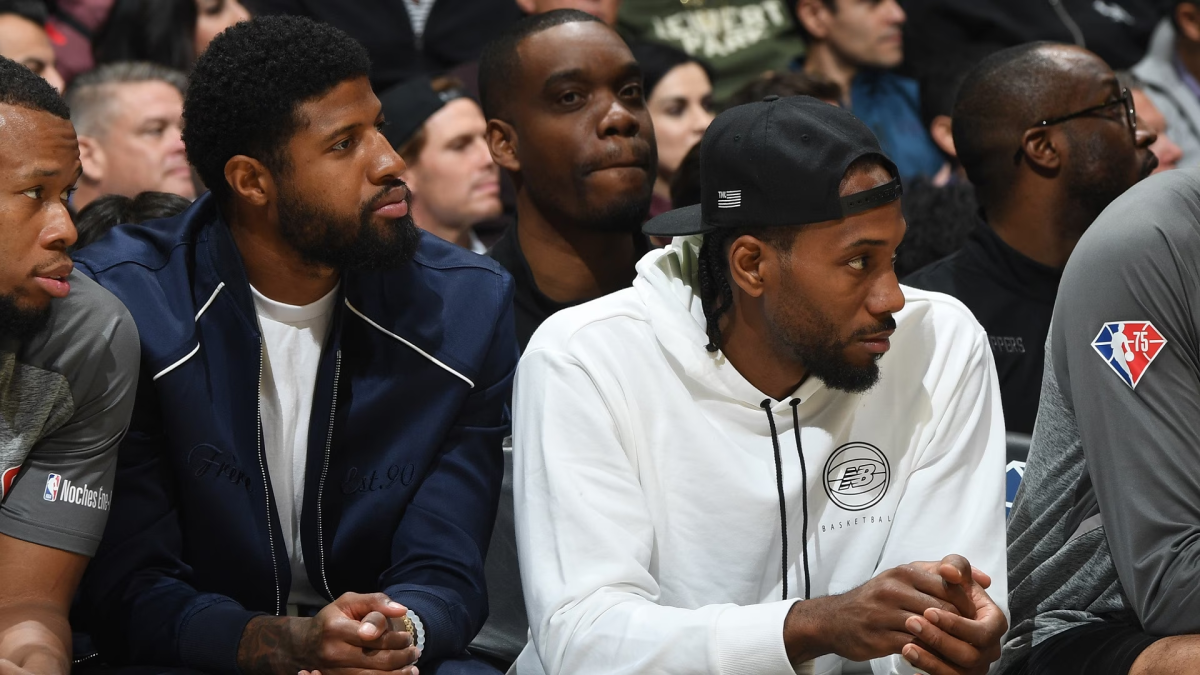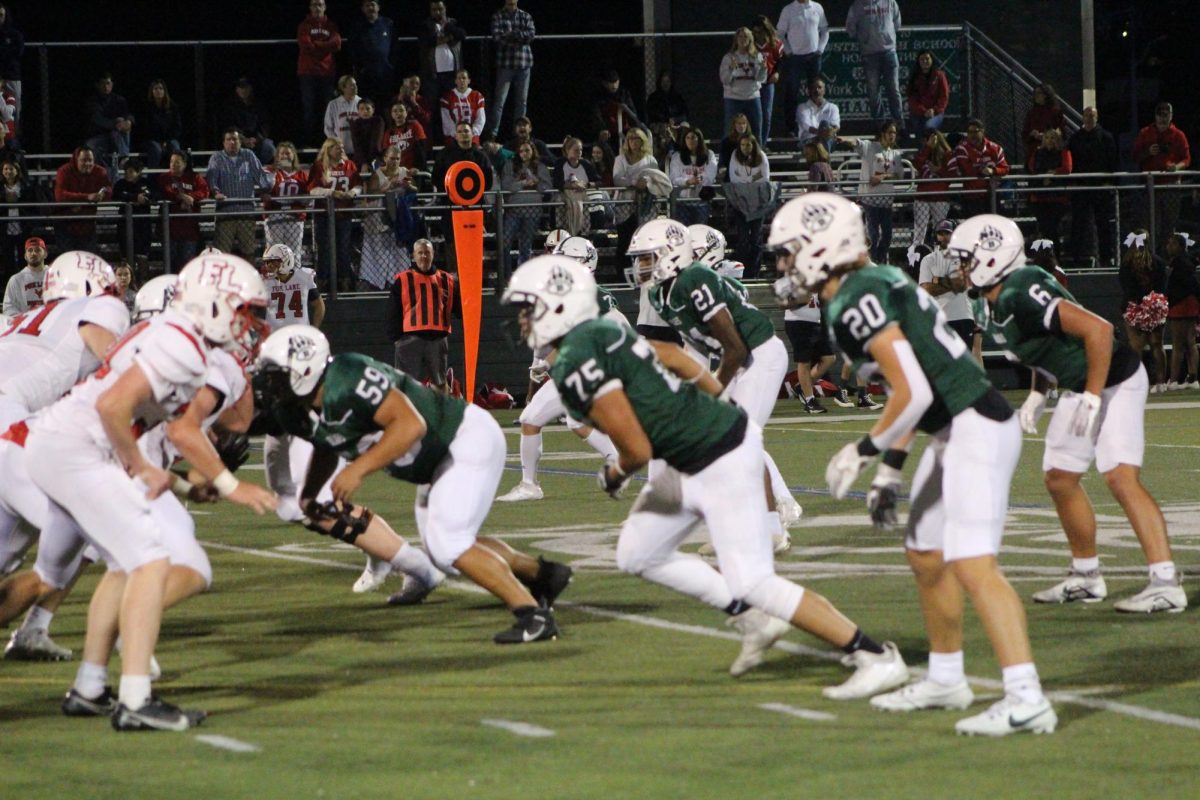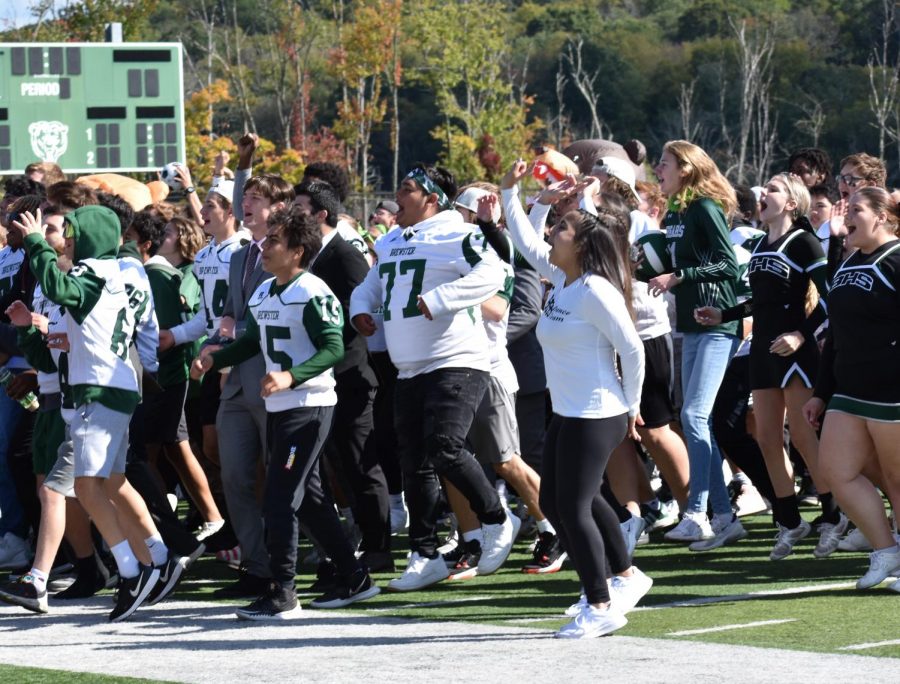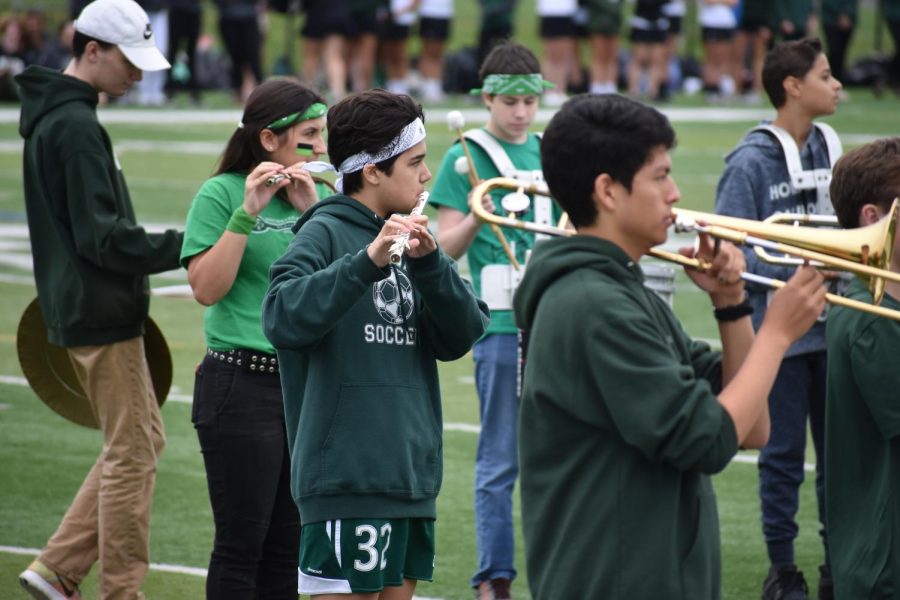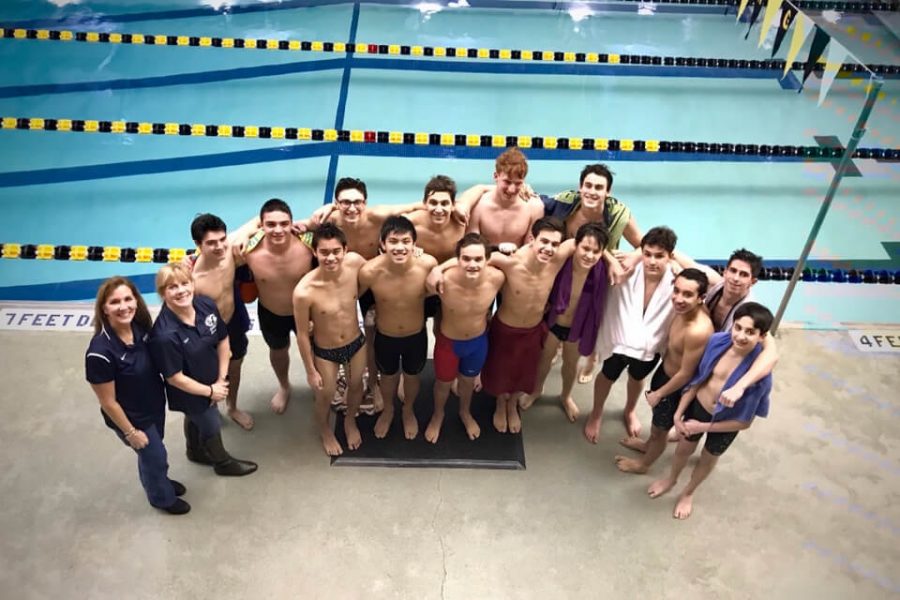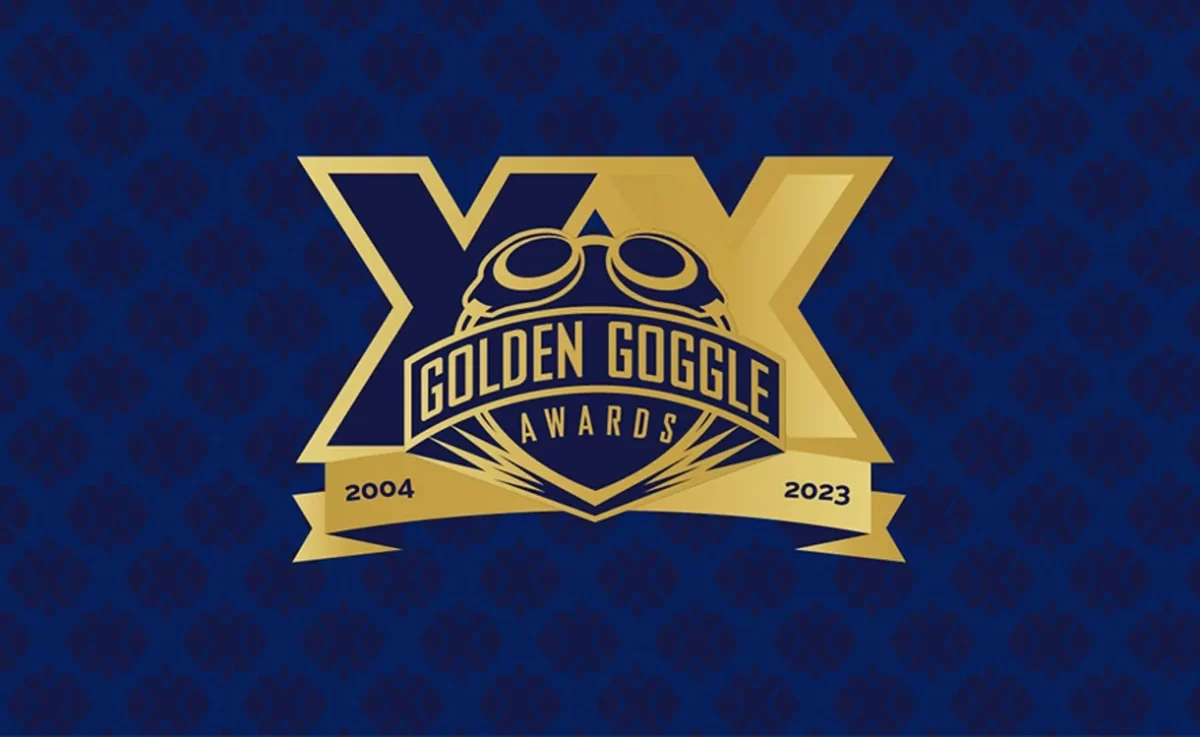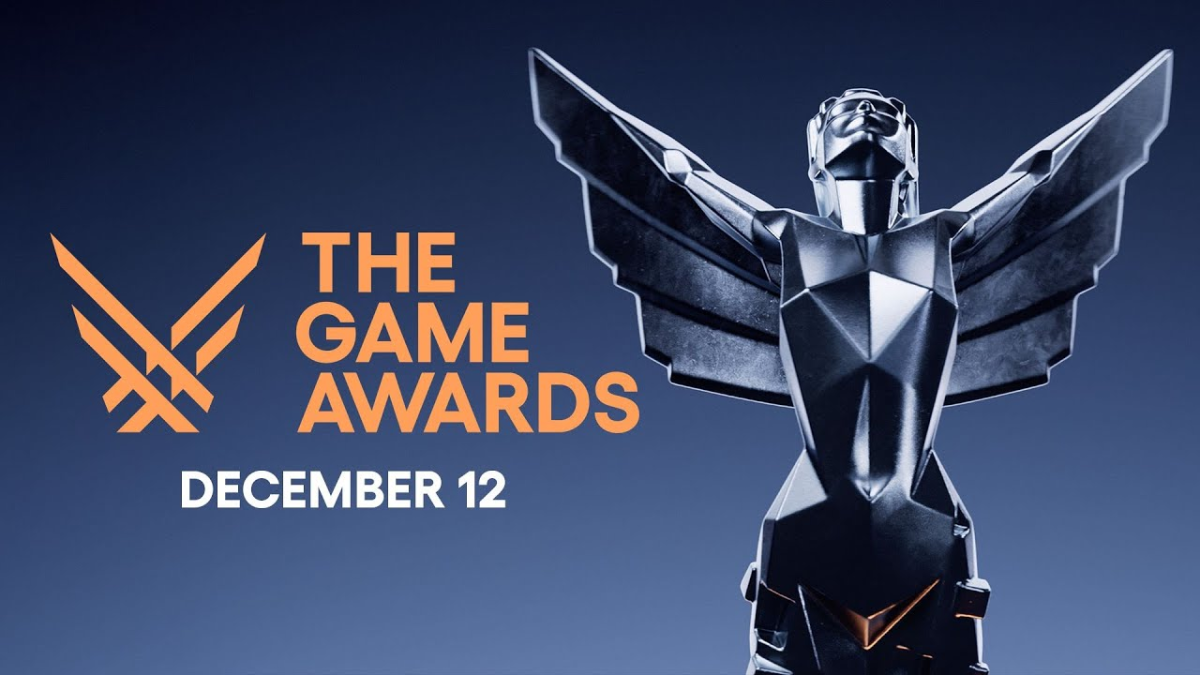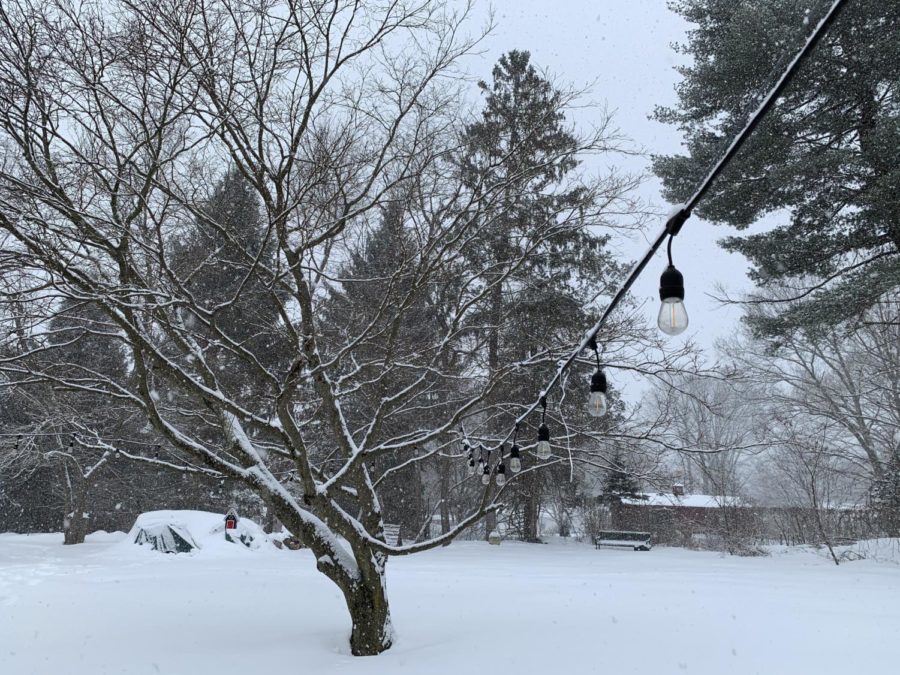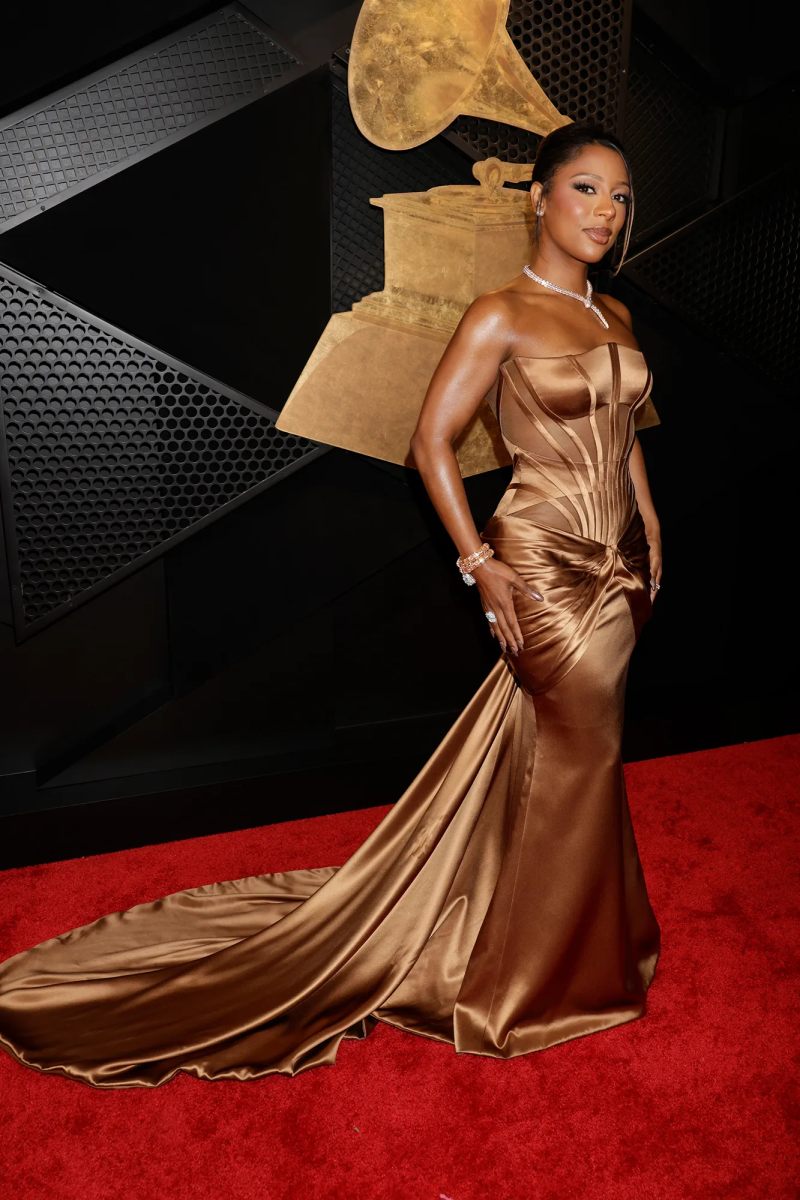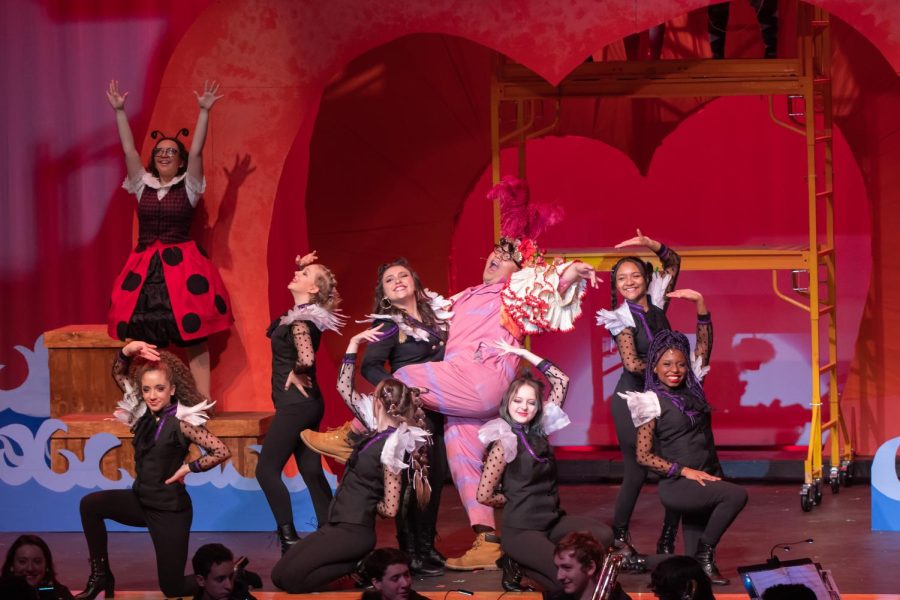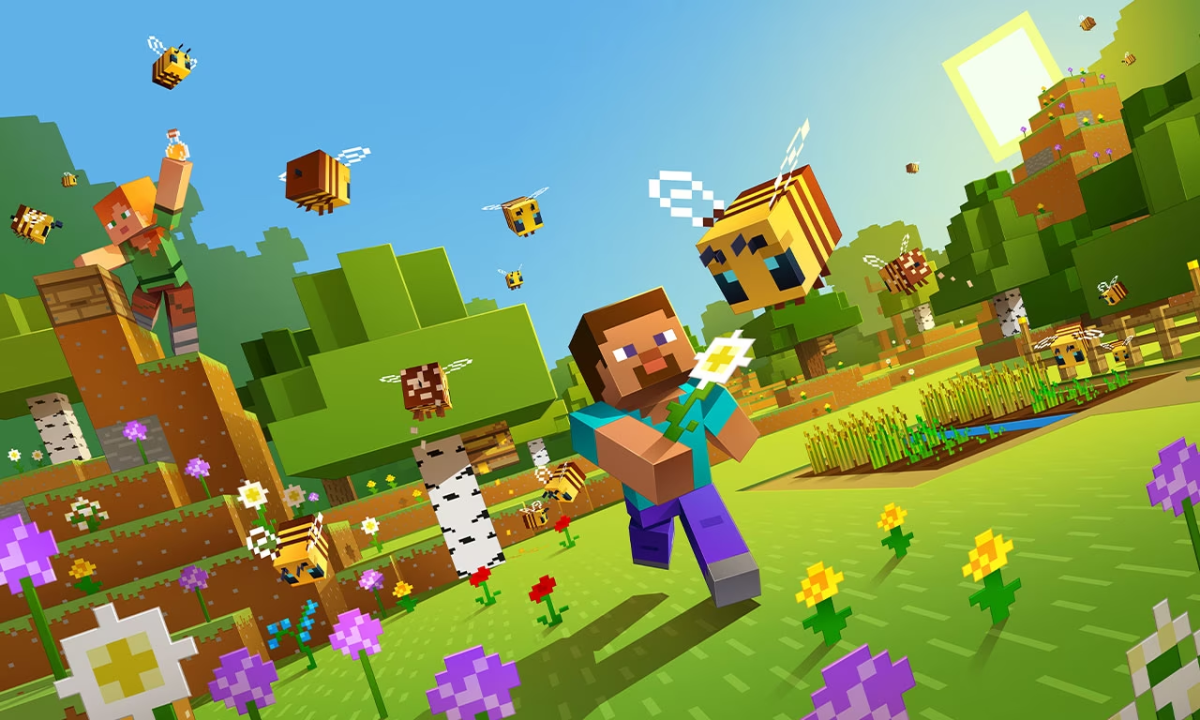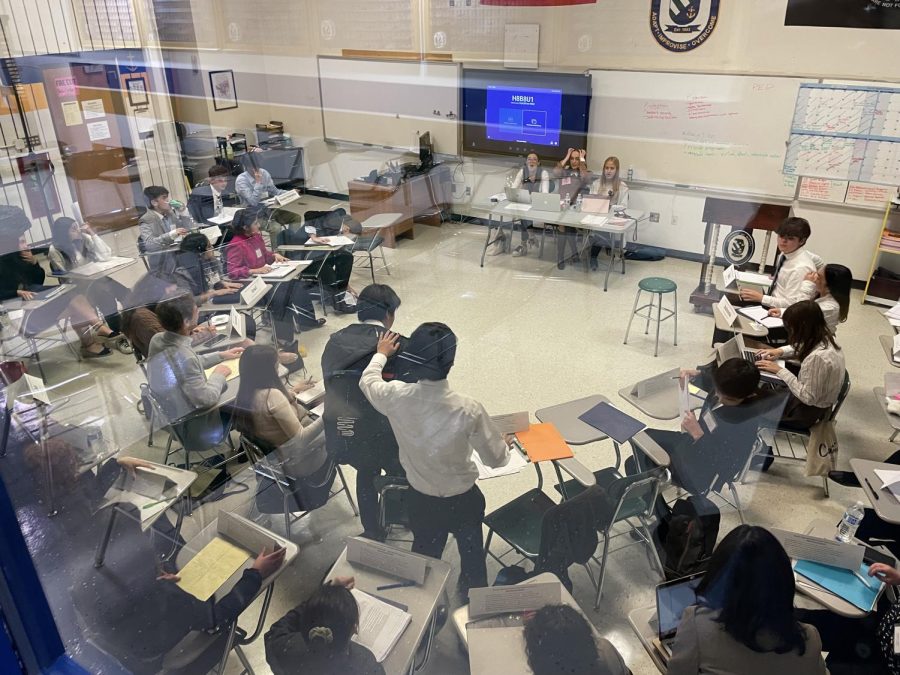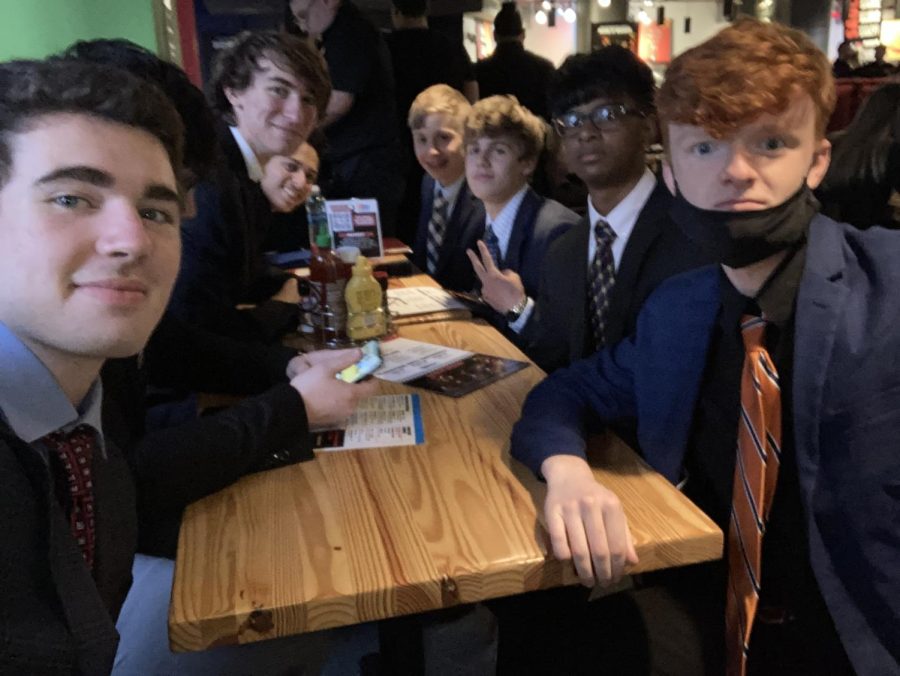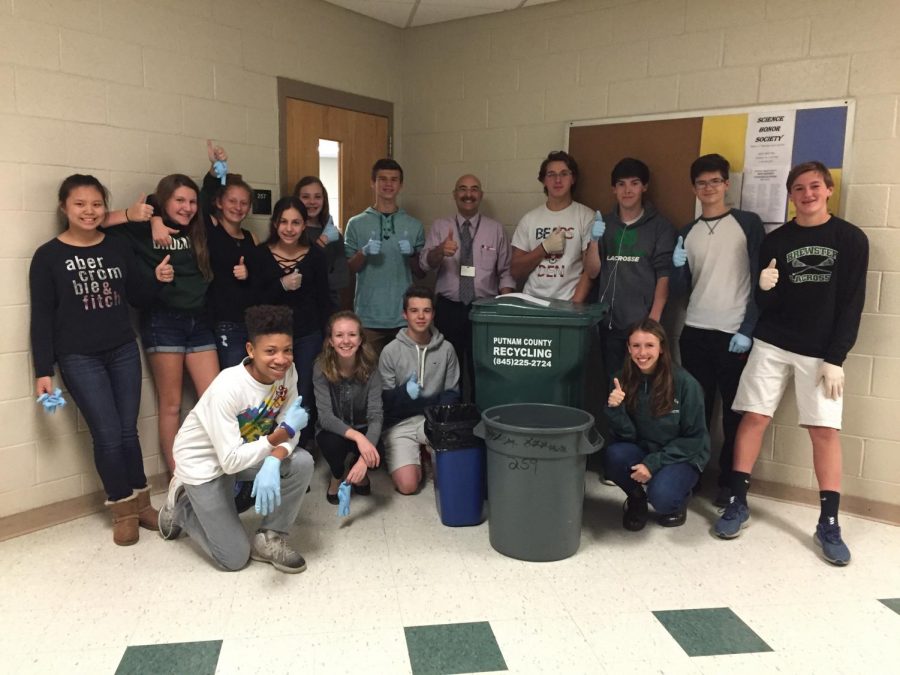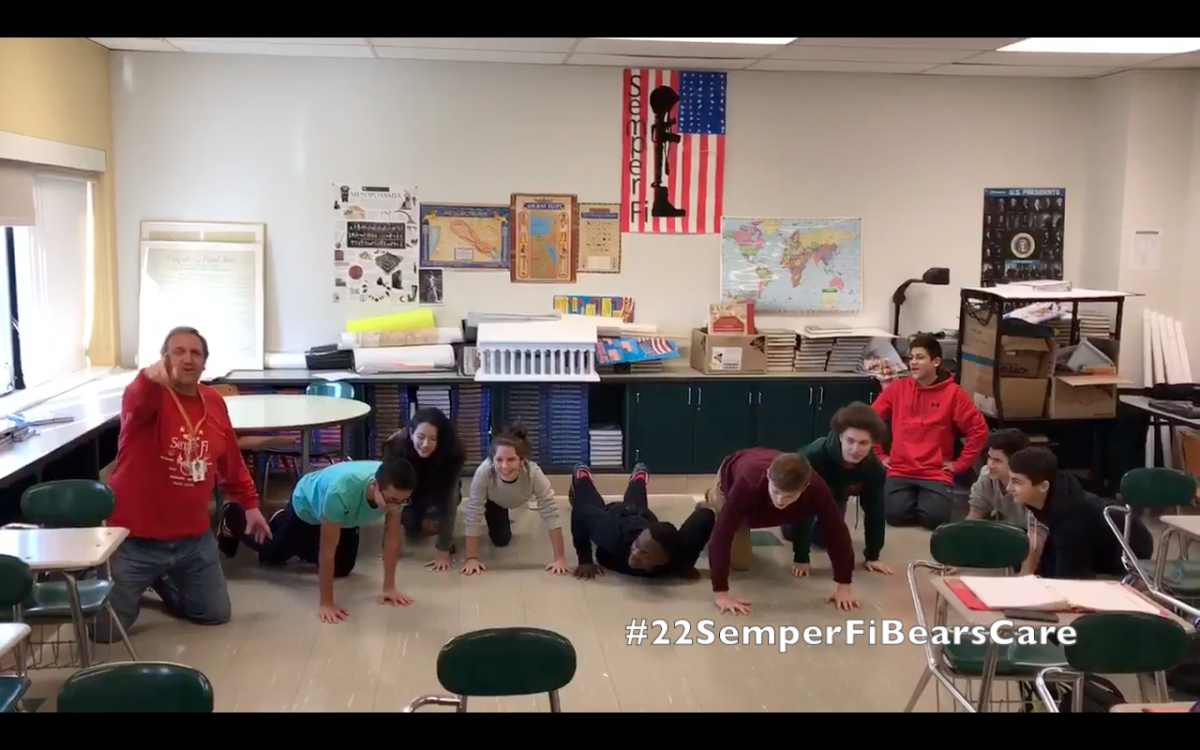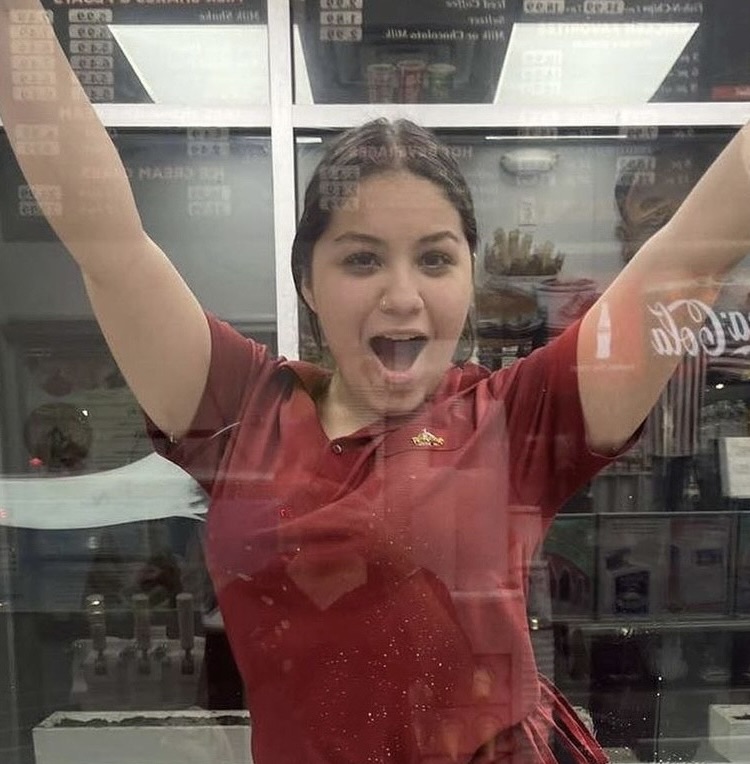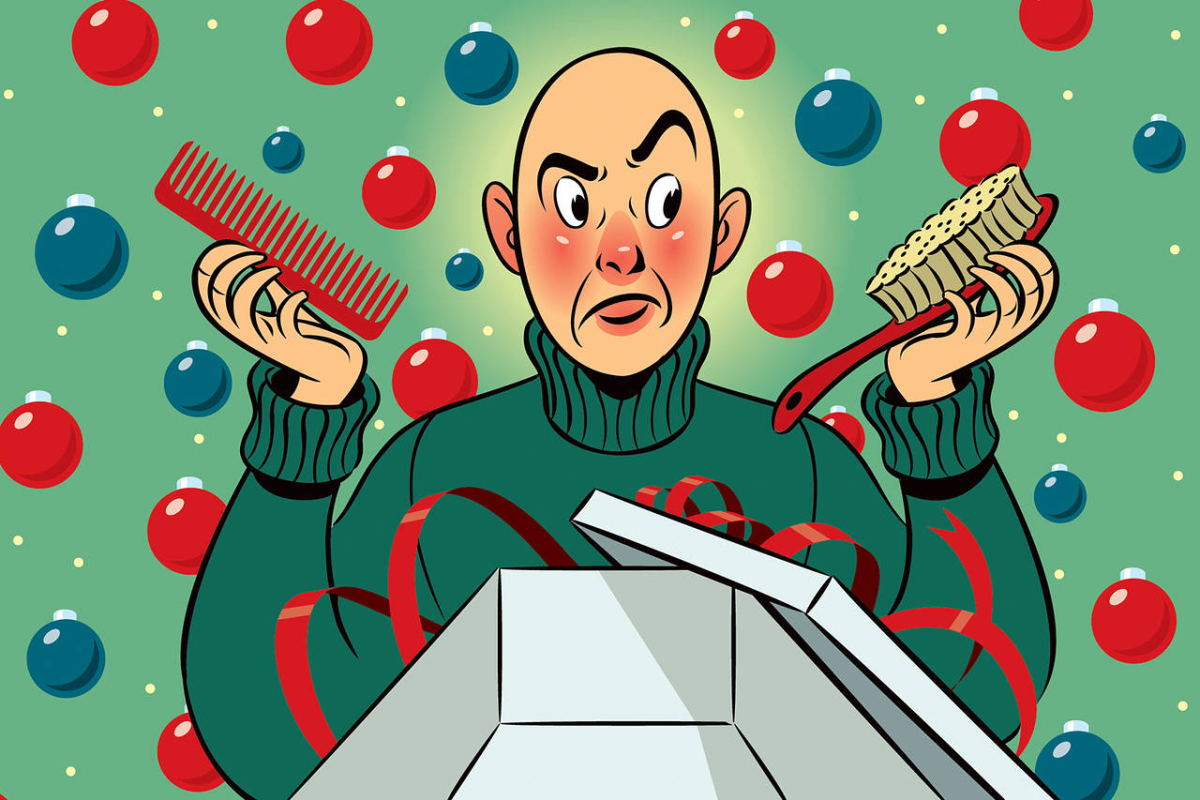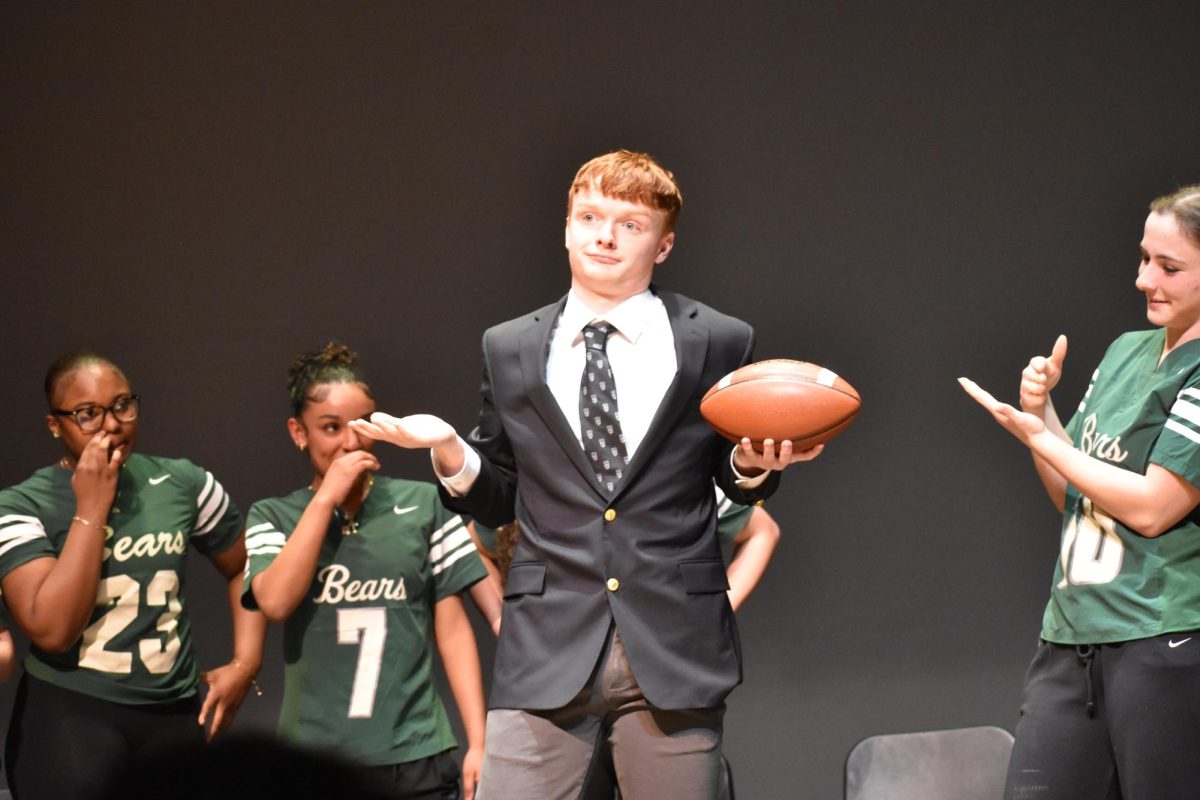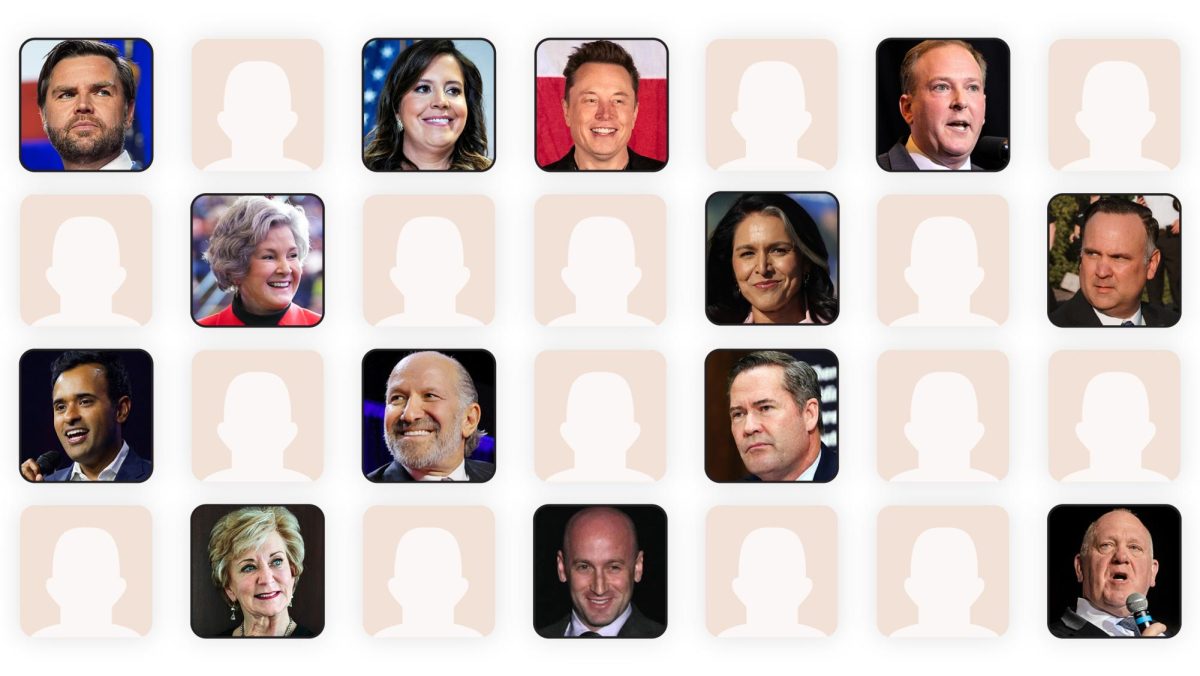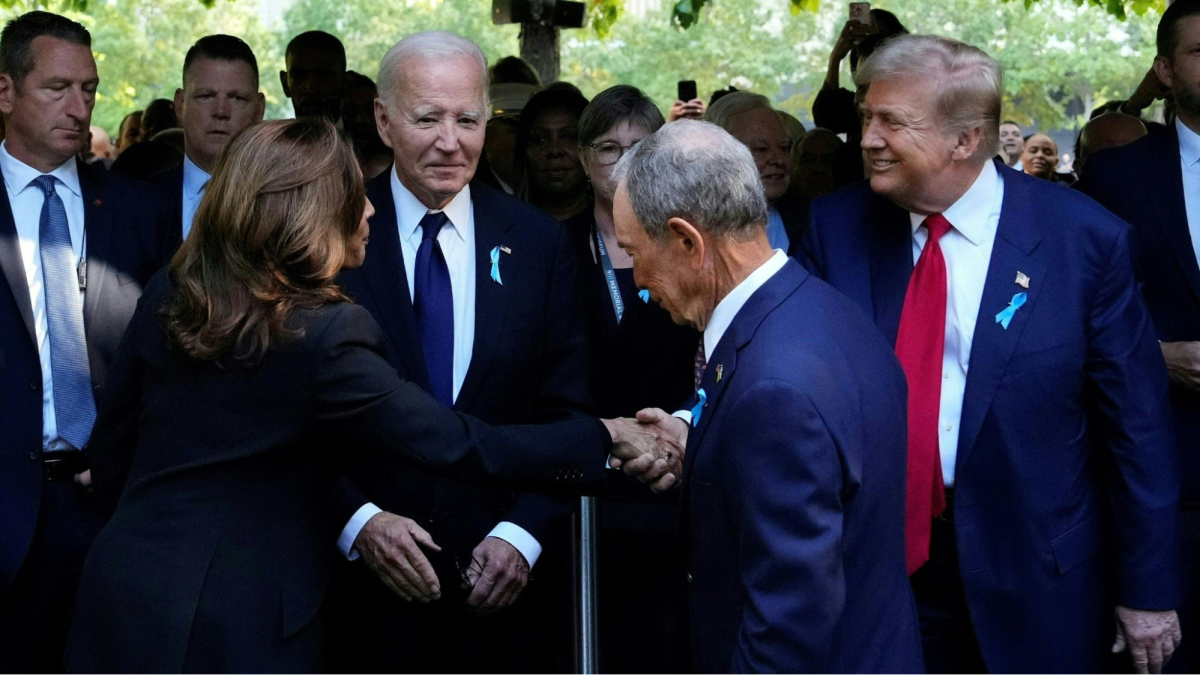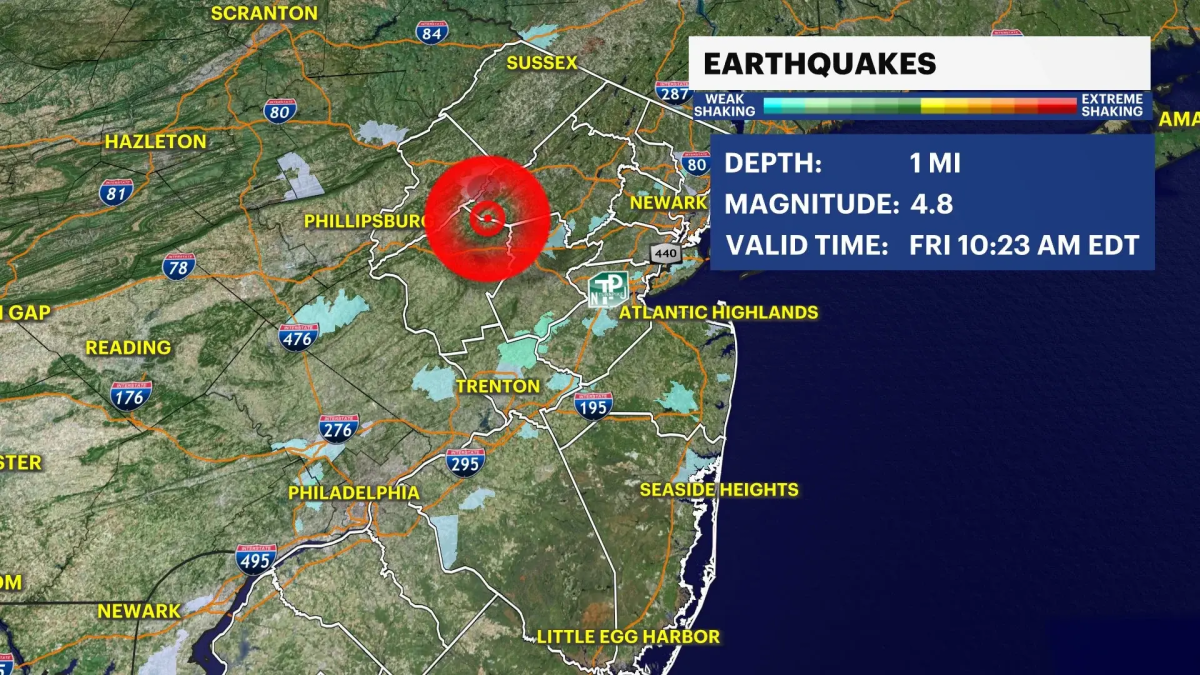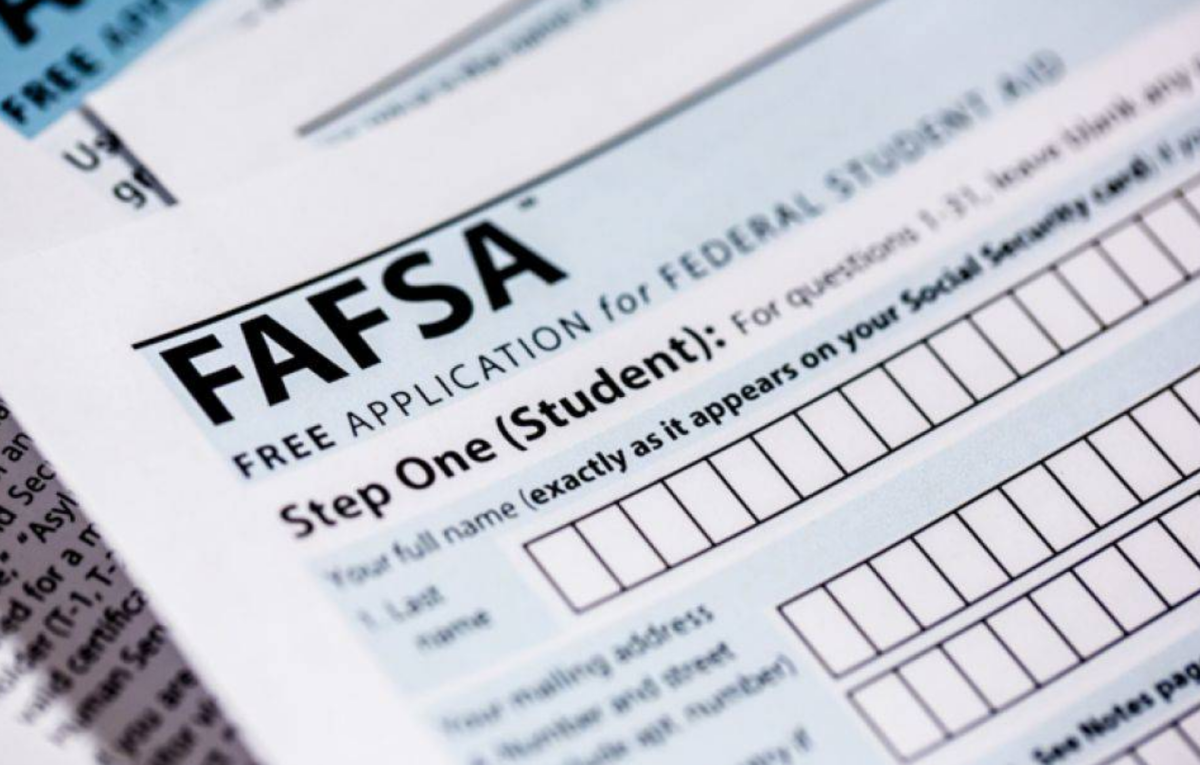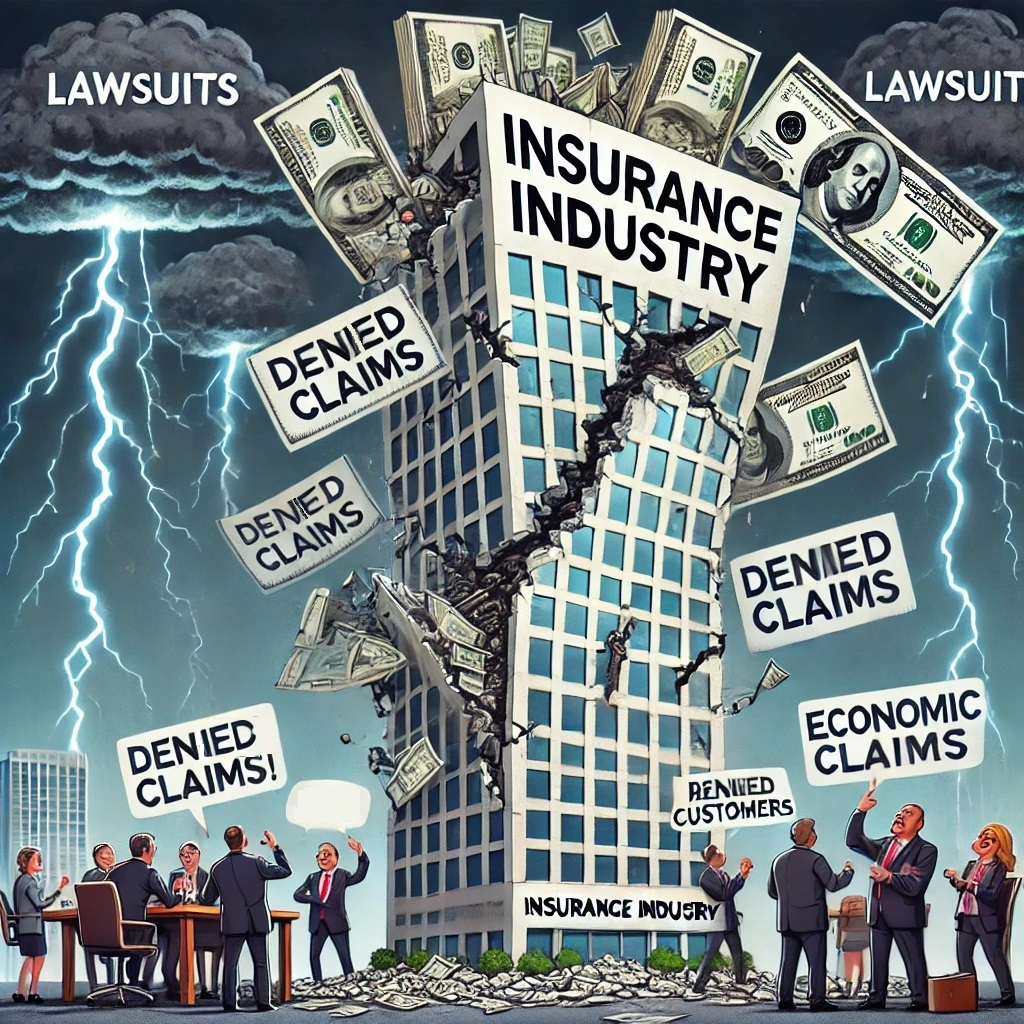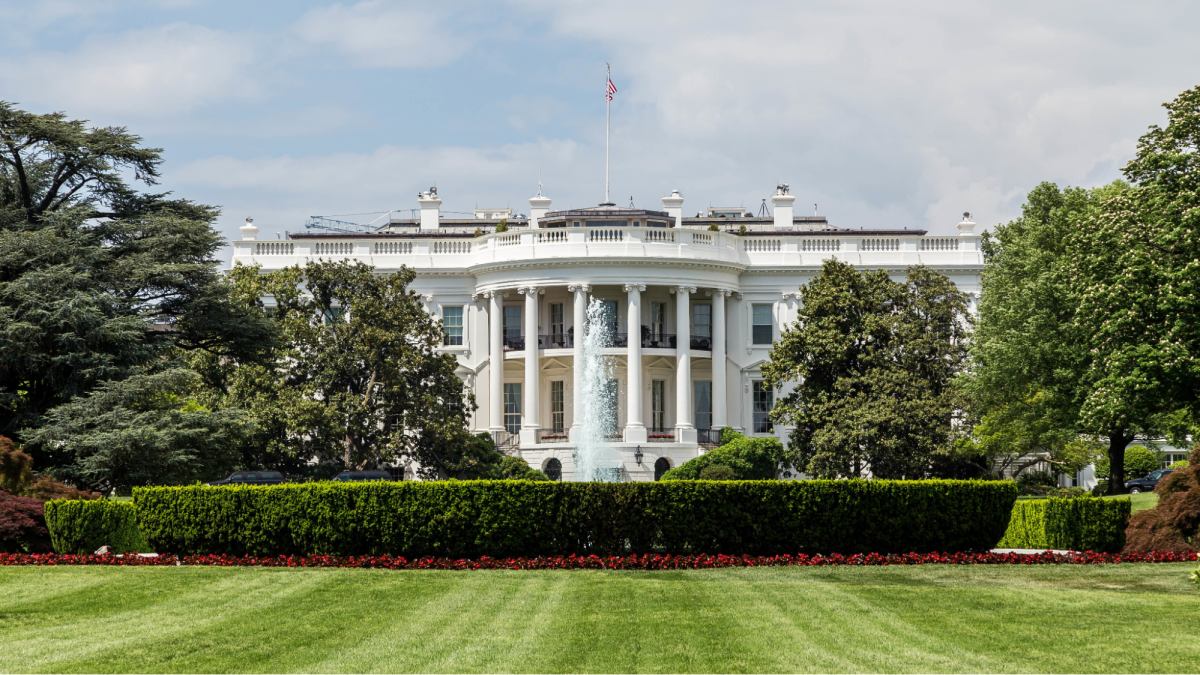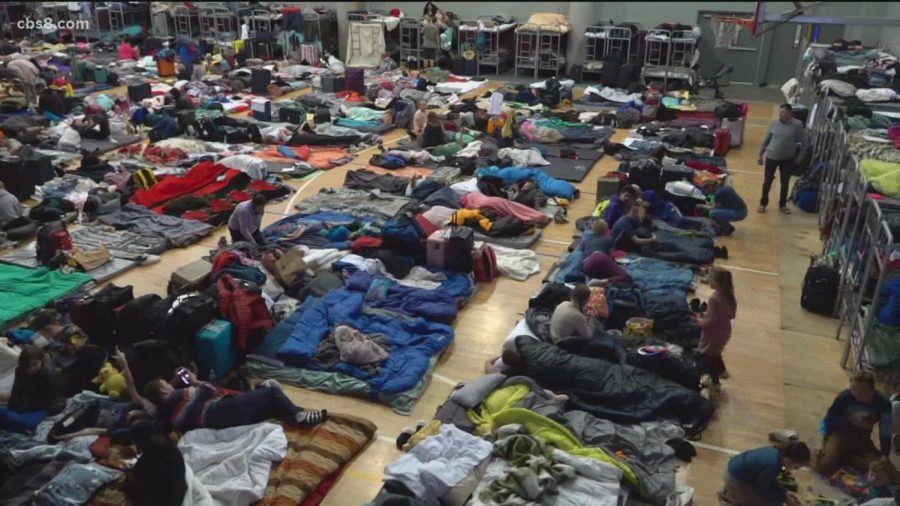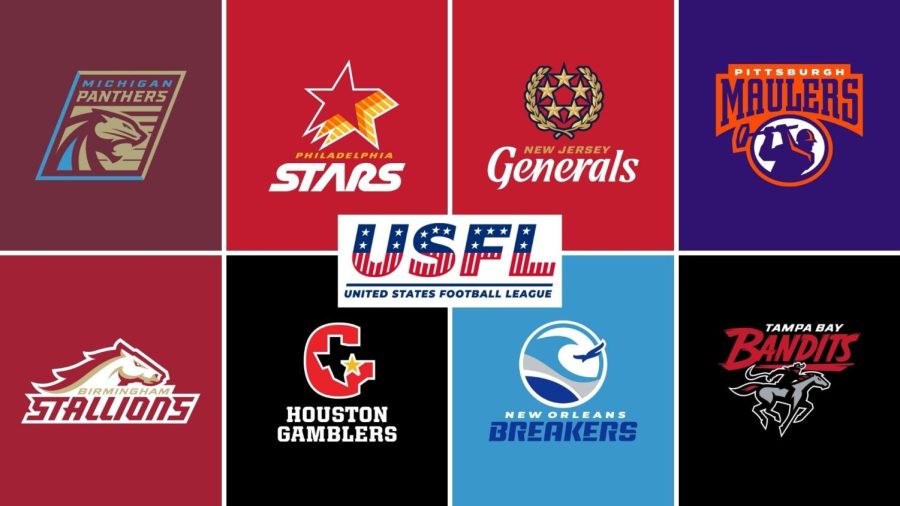WEB EXCLUSIVE: USFL- League of the Future or Another Failed Attempt for Spring Football?
June 21, 2022
In the months following the Super Bowl, many football fans are longing for the hiatus to end and for their sport to come back. Many feel that in order to fill their empty hearts, they need football in their life again. So, many businessmen, cultural figures, and other wealthy men tried to meet the demands of the average football fan by trying to create an “NFL” of their own.
In 2018, producer and film director Charlie Ebersol announced the creation of a spring football league known as the Alliance of American Football (AAF), consisting of 8 teams in the southern and western parts of the United States. The AAF began play in 2019 and the league lasted 8 weeks total due to AAF controlling owner Tom Dundon suspending operations. Unfortunately, two weeks later the AAF declared bankruptcy. Also in 2018, Vince McMahon, the creator of the WWE, announced a reboot to a football league he created in 2001 known as the XFL. The XFL opened play in 2020 but lasted 5 weeks due to the pandemic. (They filed bankruptcy two weeks later.) Now in 2022, another league known as the United States Football League was created in an attempt to satisfy the need for football. History suggests that this league will fail like its predecessors, but can they defy the odds of being another failed minor league football association?
The harsh truth is that it may be almost impossible for another league to rival or even come close to the level of the NFL, but we can compare this league to the other failed spring football leagues. One of the biggest ways to generate a solid viewership is through a great first impression. In 2019, the AAF reportedly averaged 1.95 million viewers in week 1 to 607,000 in week 2. The XFL averaged 3.12 million viewers to 2.05 million from week 1 to week 2. The USFL was similar to the AAF, having a week 1 viewership average of 1.57 million viewers to 661,000 in week 2. Although there are many confounding factors to the viewership, such as the USFL starting in April while the other two started right after the Super Bowl, a drop of 57% from week 1 to week 2 might not be a sustainable business model for a spring football league. As of week 6 in the USFL season, there were 731,750 average viewers between the 4 games. It is unclear how well these ratings can bode well for the future of this league but only time will tell if they can sustain a decent fan base during other sporting events.
Another issue with the USFL and any other spring football league is the overall entertainment of the sport. The USFL tries to fill a need in the sports market of a football league that will bridge the gap between the Super Bowl and week 1 of the NFL season with quality football that will still keep fans captivated. As a result, the quality of the USFL is nowhere near the level of entertainment in the NFL. USFL players are mainly former top prospects that didn’t pan out in the NFL and undrafted players who couldn’t find a job playing in the NFL. For example, the first pick in the USFL was former Michigan QB Shea Patterson, a former top prospect in high school who went undrafted before going to the USFL. One way the league tried to combat this lack of great talent is through the coaching staff. Most of the staff in the USFL consists of former NFL and college football coaches, like Jeff Fisher and Todd Haley, people who were successful in some ways like making a Super Bowl appearance but not necessarily winning.
The USFL has the potential to stick around for a long time with network deals with NBC and FOX as well as a revenue that isn’t as bad as the failed AAF. However, it is way too early to tell if it is the spring league of the future as other leagues are rumored to rival with the association, such as a 2023 return of the XFL, now owned by Dwayne “The Rock” Johnson.




